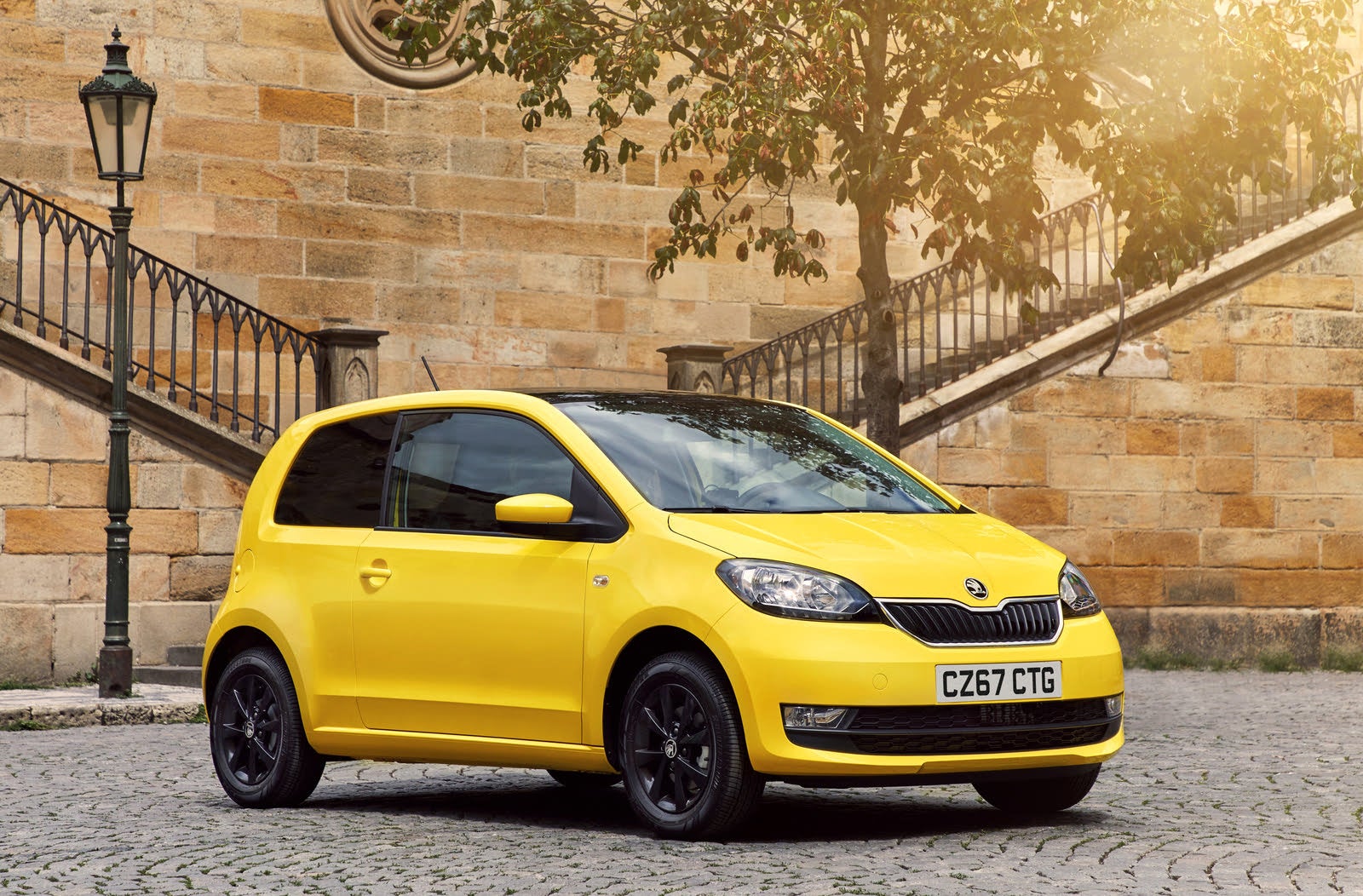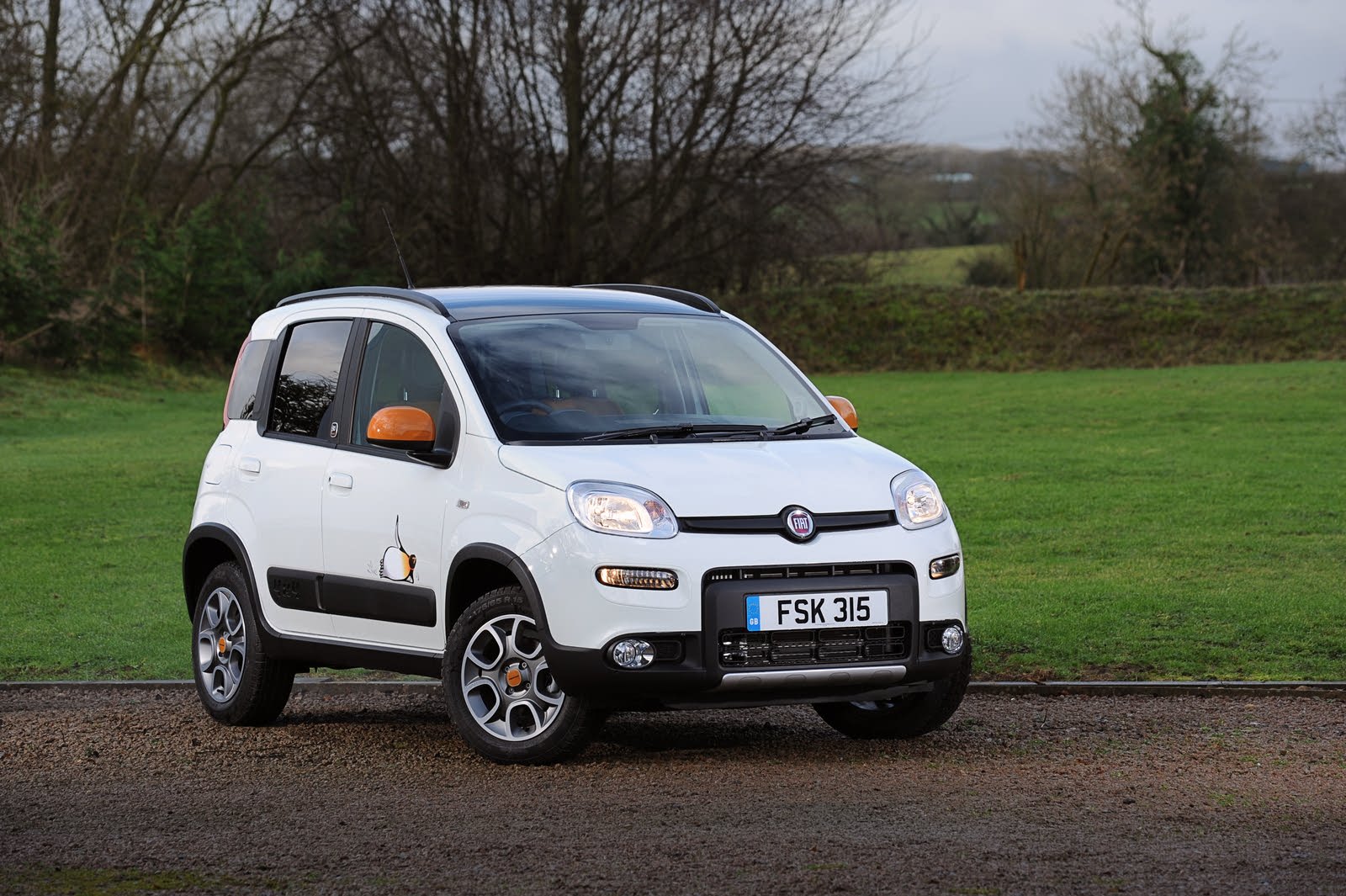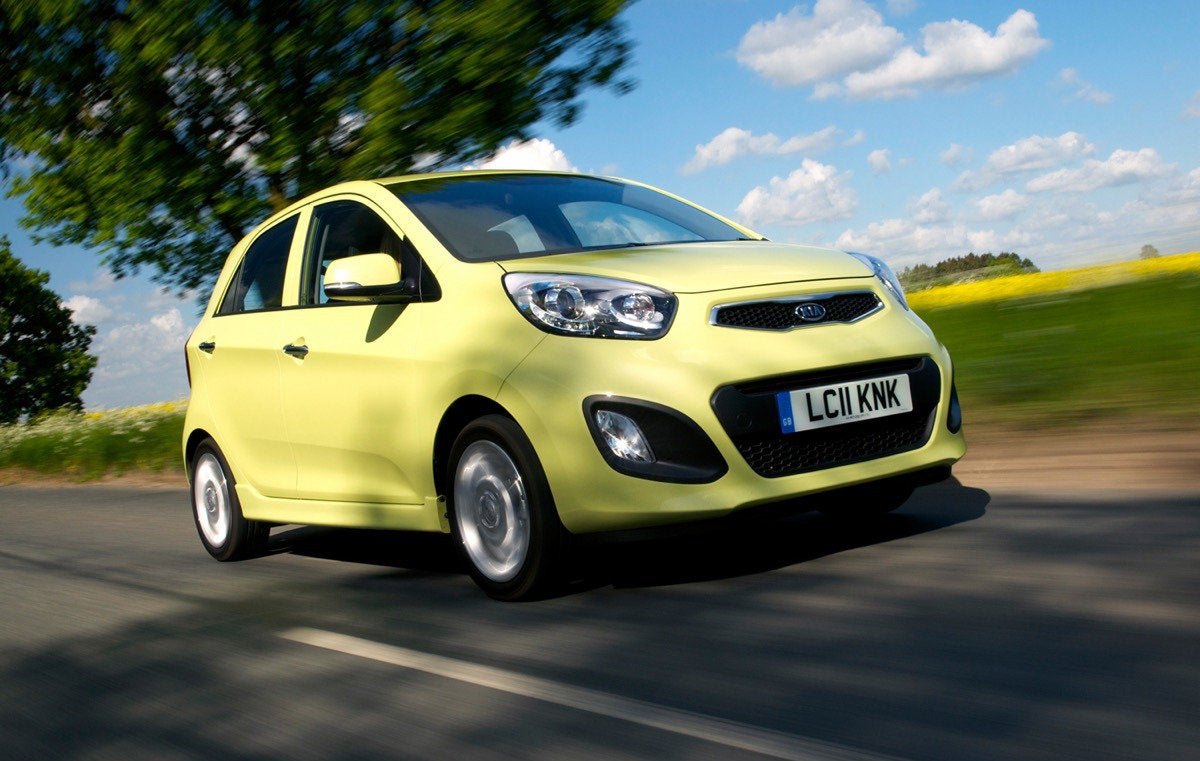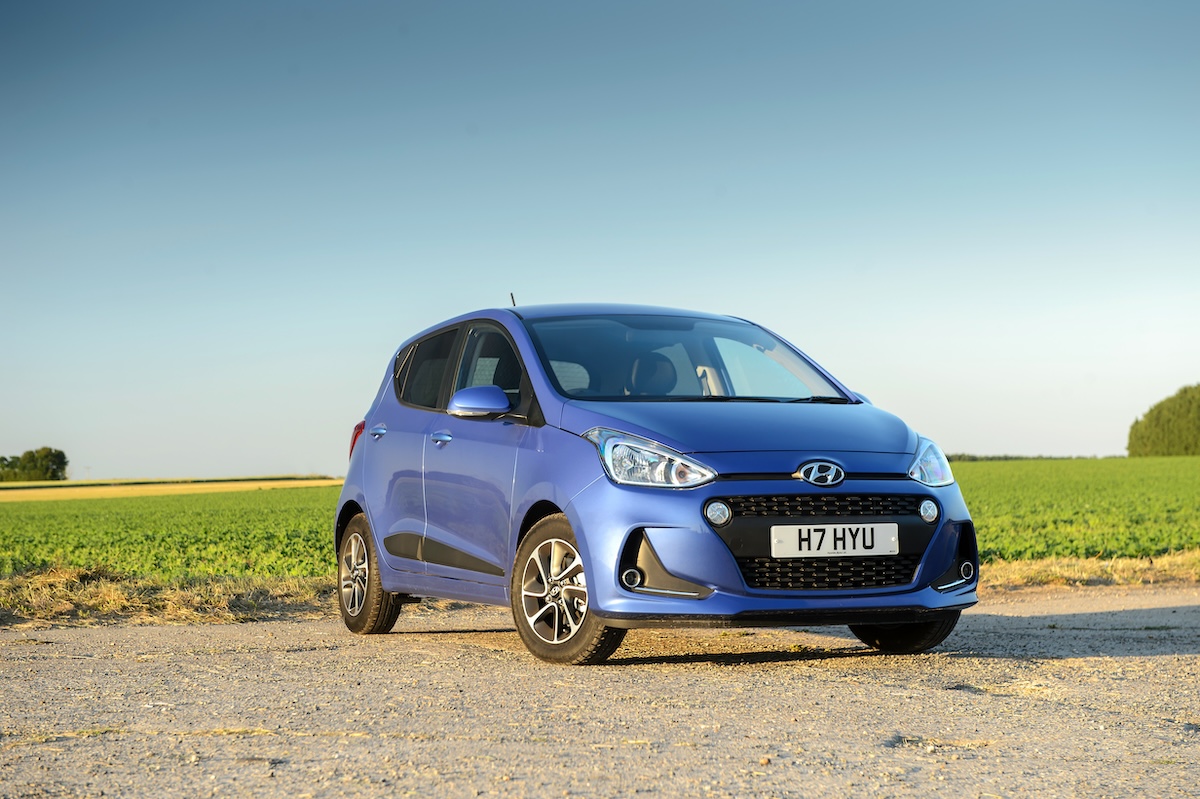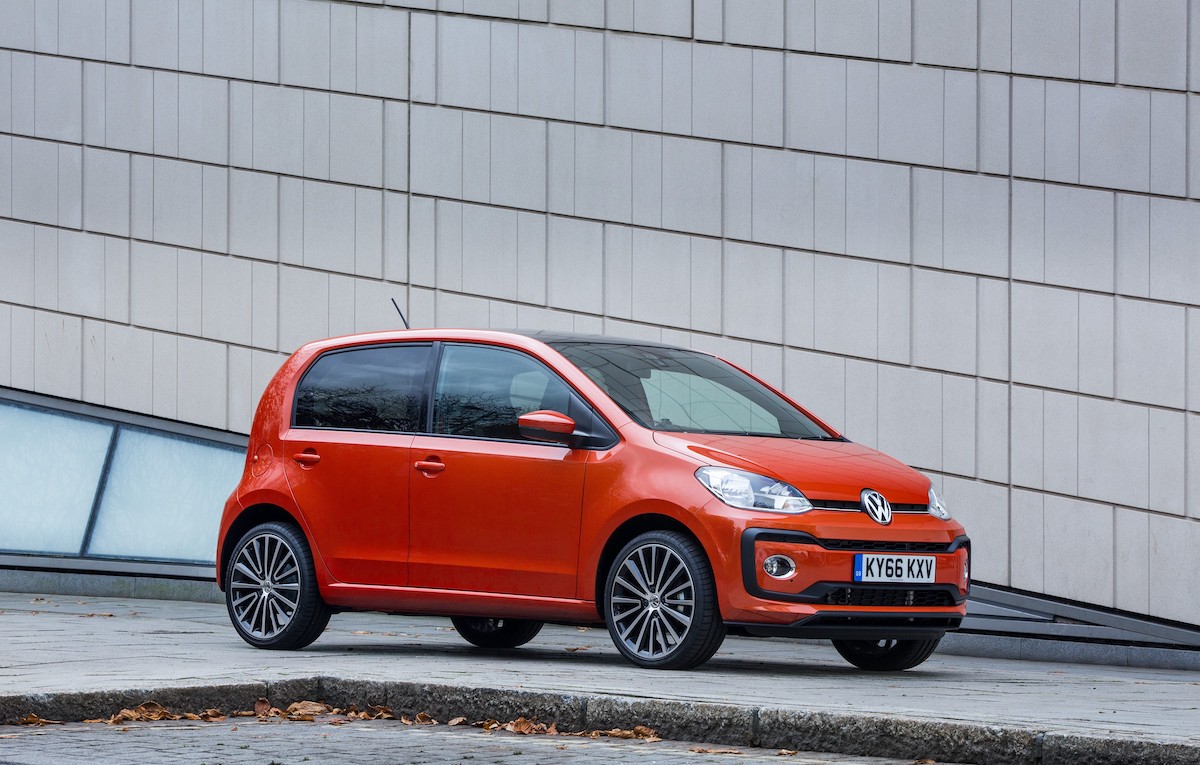As the trend for moving to large urban and metropolitan areas evolves, the need for smaller, nippier cars has increased. The thing is, though, that city cars are rarely profitable for their manufacturers, so many carmakers have withdrawn their smallest offerings from sale as new cars in the last few years, meaning your best bet is to forget buying or leasing brand new, and instead dip into the used car market.
To be clear, by city cars, we mean the smallest of small cars that sit beneath superminis such as the Ford Fiesta, Vauxhall Corsa, Volkswagen Polo, Renault Clio, Honda Jazz, and Dacia Sandero for size. New city cars were always at the cheap and cheerful end of the car market, whether buying outright or on car finance, and older examples are some of the best used cars to buy for younger drivers, because by that point, they’re even cheaper and more cheerful. They’re also among some of the most affordable cars to run, with good fuel economy, low insurance group ratings and, if you buy a car that’s old enough, cheap road tax. Better still, there are actually some very good city cars that work perfectly well outside the city as well as in it, and often offer qualities that you might not expect from a dinky little runabout.
The Best City Cars Under £5,000 in 2025
- Skoda Citigo (2012-2020)
- Fiat Panda (2011-2024)
- Toyota Aygo (2014-2021)
- Kia Picanto (2011-2016)
- Seat Mii (2012-2021)
- Hyundai i10 (2014-2020)
- Volkswagen Up (2012-2023)
- Fiat 500 (2007-)
Skoda Citigo (2012-2020)
Skoda produces cars that are capable, desirable, reliable and practical. This is true even for its smallest model, the Citigo, which shares its platform with the Volkswagen Up and the Seat Mii – collectively some of the best used city cars around.
Available in both three-door and five-door guises with a monobox, mini-MPV profile, the Citigo hatchback is a small second-hand car that adopts the functional design that is a hallmark of the Czech brand. It’s perhaps not as pretty as the Mii, but it’s a smart-looking car, and the interior also reflects that. Yes, the plastics are a bit hard, reflecting the Citigo’s cost considerations (it was the cheapest of the three cars when new) but it’s fuss-free.
The handling is tidy and ride is comfortable, and while the 1.0-litre petrol engine means merely modest pace, there’s more than enough performance to make it easy to drive and to live with. It also has low running costs and, while it won’t replace your family car, there’s more space in the rear seats and the boot than you might expect. To make it even more city-friendly, it can also be had with an automatic gearbox.
Skoda Citigo Review
Fiat Panda (2011-2024)
The Panda has evolved considerably since it was first launched in 1980. It started life as a boxy small car, but the third-generation model is more rounded and chic, with an enhanced sense of Italian style. The interior is basic, with a single-piece moulded plastic dashboard, but it’s just as unique as the exterior, with a blocky steering wheel, dials, and switches.
Engines comprise a pair of petrols and a diesel. The 0.9-litre TwinAir petrol unit is billed as an efficient, low-emissions model, but it fails to come anywhere near the official figures in the real world. There’s also a 1.2-litre petrol engine with less power and a lower - but likely more realistic - mpg figure, plus a frugal 1.3-litre diesel.
While the Panda is a city car, it’s worth checking out the 4x4 version. This features some body mouldings to make it look more rugged, a slightly raised ride height and four-wheel drive, so it looks more at home in the country. We think it’s pretty cool, and it certainly stands out from every other second-hand city car. And because it’s been around for such a long time, the Panda is cheap — so for our budget, you can pick up a very tidy, low-mileage example with a long MOT and a good service history.
Fiat Panda Review
Toyota Aygo (2014-2021)
The Toyota Aygo shares its mechanical parts with the Citroen C1 and the Peugeot 108, and has identical engines to its stablemates, so there’s little to differentiate them under the skin. However, Toyota will give you a year’s warranty on your Aygo when you take it to a main dealer for a service until it’s 10 years old (or passes 100,000 miles) — something that can’t be said for the Citroen or Peugeot, and a very strong reason to choose the Aygo instead.
Like the other models, the Aygo is fitted with a 1.0-litre, three-cylinder petrol engine, which offers enough performance for urban driving, but can also propel the Aygo along a motorway without any issue. It’s not fast, but it’s strong enough for the job and delivers good fuel economy.
The Aygo handles well enough, with the kind of light steering that works well in town, but also proves accurate enough on a rural road. It’s agile, and while it’s not the class leader when it comes to driving dynamics, there’s more than enough grip and stability. The interior is basic, meanwhile, but neatly styled to appeal to younger consumers.
Toyota AYGO Review
Kia Picanto (2011-2016)
The Kia Picanto is one of the best small cars around, and it’s been popular with UK buyers for a long time. For less than £5,000, it’s possible to buy an early-to-mid-2010s second-generation model, which has sharp, modern styling, and good standard equipment levels with most versions. There’s plenty of space inside, too, bringing a welcome extra bit of practicality. And we even found some used models within our budget that were still covered by Kia’s excellent new car warranty.
As is true of the whole city car market, the materials used in the interior are at the cheaper end of the spectrum. That’s to be expected, but Kia’s designers added finishes to bring the cabin upmarket. Entry-level 1 and Air (the same as the 1, but with air conditioning) models are seriously basic, but 2 includes Bluetooth phone connectivity, electric windows, and alloy wheels, so look for that as a minimum. The 3 adds a better stereo, climate control, and automatic headlights, while the top-spec 4 includes cruise control and heated seats.
Kia Picanto Review
Seat Mii (2012-2021)
The Seat Mii is the third city car of the Volkswagen Group trio – along with the VW Up and the Skoda Citigo – that share a platform and mechanical parts, and it’s the most stylish of the three.
Seat’s designers have long imbued the brand’s models with swish designs, and the Mii is no different. It’s an object lesson in simple styling for a compact car, while the interior is also attractively simple. Don’t expect much in the way of tech like Apple CarPlay, Android Auto or a touchscreen infotainment system; drivers rely on their smartphone – fitted to a holder on top of the dashboard – for communications, entertainment and navigation. It’s a cheap solution, but also a clever future-proofed one, as smartphones are updated more regularly than automotive infotainment systems.
The Mii is more spacious than you might think. Two adults can fit in the rear, as long as they’re not much over six feet. At 238 litres, the boot is also generous for a city car, although the Up and the Citigo claim a slightly larger 251 litres.
Seat Mii Review
Hyundai i10 (2014-2020)
This third-generation i10 is one of our favourite small cars, because it manages to feel so much like a car from the class above. For a start, the interior is smarter than most city cars’, with many versions getting an attractive swathe of colourful material stretching across the dashboard that livens things up considerably. But the i10 isn’t just good to look at inside; it’s roomy too, so much so that it’s actually a five-seater, unlike most city cars — though it’ll be a tight squeeze to seat three in the back. Mind you, two adults won’t feel cramped and that extra space means buckling up a child seat an easier feat in the i10 than in many of its rivals.
And while the i10 is far from being as much fun as a Mazda MX-5 on a back road, it feels stable and assured on a country lane, and secure at speed too, which makes it surprisingly capable on the motorway. It rides bumps well too, making it a comfortable companion, and with Hyundai’s solid reputation for reliability, it should last the course, too.
Hyundai i10 Review
Volkswagen Up (2012-2023)
Volkswagen is one of the world’s biggest car manufacturers and, because it owns multiple brands, including Seat and Skoda, it can spread the cost of developing new cars across a number of models.
And so it is with the Volkswagen Up. It launched in 2012, around the same time as the Skoda Citigo and the Seat Mii, which use exactly the same mechanical bits. Despite the many commonalities between the three cars, the Up is recognisably a sibling of the Volkswagen Golf, and not just from the badge on the nose and the boot lid. It has the look and feel of a VW, with neat, conservative styling and a well-ordered interior.
A 1.0-litre, three-cylinder engine keeps the Up moving. Even with the weakest one, there’s plenty of performance for urban environments and it doesn’t feel out of its depth on motorways, either. And while it’s no sports car, the Up is still surprisingly good fun to drive. There’s even a very nippy GTI version, although you’re unlikely to find one of those for less than £5,000.
Volkswagen Up Review
Fiat 500 (2007-)
The Fiat 500 was launched in 2007 as a retro homage to the classic 500, and it adopts the same cute, rounded-off styling that made the original model so popular. Fiat has learned a lesson from MINI, in that it offers a number of personalisation options, and the company has said that there are more than half a million possible combinations. The addition of a variant with a fold-back, soft-top roof in 2009, the 500C, only adds to the little Fiat’s appeal, offering an open-air alternative for buzzing around town.
The sense of fun continues in the 500’s cabin. The plastics might be hard and shiny, but they’re in keeping with the car, especially if the dashboard matches the paintwork. There isn’t much space, though, so long journeys with tall passengers will be cramped.
Engine options include a 1.3-litre diesel, although there aren't many of those on the used market. More common are the petrols, which include a 0.9-litre two-cylinder TwinAir unit and a 1.2-litre four-cylinder.
Fiat 500 Review

